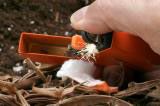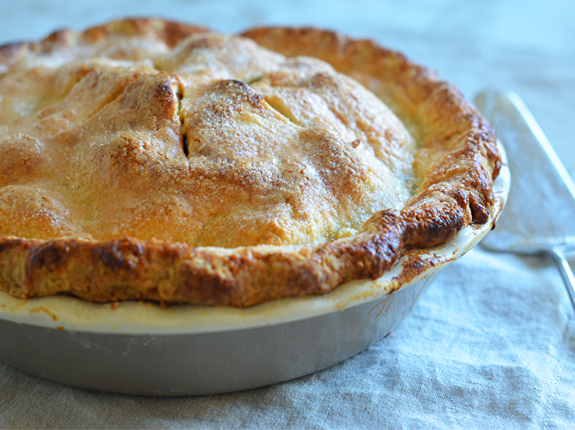In Maryland, we were very lucky, and except for a few brown outs, we had electric, cable, and lots of candles and flashlights ready to step in. The winds were fierce, and the tornado INSIDE the house with kids off school for a few days also raised the volume. Our thoughts and prayers go out to our friends who didn’t fare as well and are still rebuilding their homes and lives after the devastation that was much more severe in the New York/New Jersey areas. Thanks to our friends working for Zippo for providing some tips on what to pack in an emergency bag (or go-bag).
They suggest:
- Water (one gallon per person per day)
- Food (ready to eat or requiring minimal water)
- First aid kit and any special needs items for children, seniors or people with disabilities
- Several reliable sources of fire
- Go-bags should even be made for pets with any basic supplies they may need.
Our source recommends fire products from his client Zippo, since in many cases, the ability to start a fire could be the difference between life and death. They have Emergency Fire Starter Kits (a very cool gadget for getting a fire going without matches or a lighter – also pictured at the top of this post) as well as other products such as a Cedar Fire Starter and a Hand Warmer too.
I’d add to this list….
- Keep a supply of batteries, flashlights & candles on hand at all times.
- Kids should never be left unattended near fires; consider battery-operated lanterns in place of candles that could be dangerous, especially with young kids in the house.
- Keep cell phones fully charged at night as you may lose use of the land line.
- Consider back-up systems for your computers & especially pictures – maybe cloud-based, or external hard drives you store off site.
- Enjoy the time without technology – sometimes it takes forced downtime to get us back to the basics…
FEMA’s website also has some great resources for making a plan and building a kit.
We had some really bad storms this summer, and emptying the fridge and freezer into the trash can is not fun. I wanted to share this handy chart sent to me by friend and fellow Mom, Sharon M., from Food Safety, which explains when to save and when to toss food after power outages – Click here for USDA’s Article on “Keeping Food Safe During an Emergency.”
I was also so touched by a note from Save the Children, whose headquarters were severely damaged, and yet, they were “feet on the street,” doing lots of good for kids in the hardest hit areas. I wanted to share their note, along with some resources for kids and a way to donate to Hurricane Sandy Relief….
From Save the Children:
Since Hurricane Sandy made landfall, it has been a trying time for countless families. We at Save the Children did not emerge from Sandy unscathed. Our HQ in Westport, Connecticut was severely damaged and many of our CT, NJ, and NY-based staff were without power.
However, this has not dampened our spirit to continue to help those who are most vulnerable in any emergency situation—kids. That’s why we’ve been deploying emergency response teams to some of the hardest hit areas in New York and New Jersey. To help establish a sense of normalcy in shelters, we’re providing kid-friendly activities to create a safe and supportive place for children to play with their peers and caring adults in the midst of the turmoil that surrounds them (click here for our 10 tips to help kids cope with disasters).
And you can always help kids affected by Sandy by texting HURRICANE to 20222 to donate $10 to Hurricane Sandy Relief from your mobile phones*or to donate through our webpage.







Leave A Comment